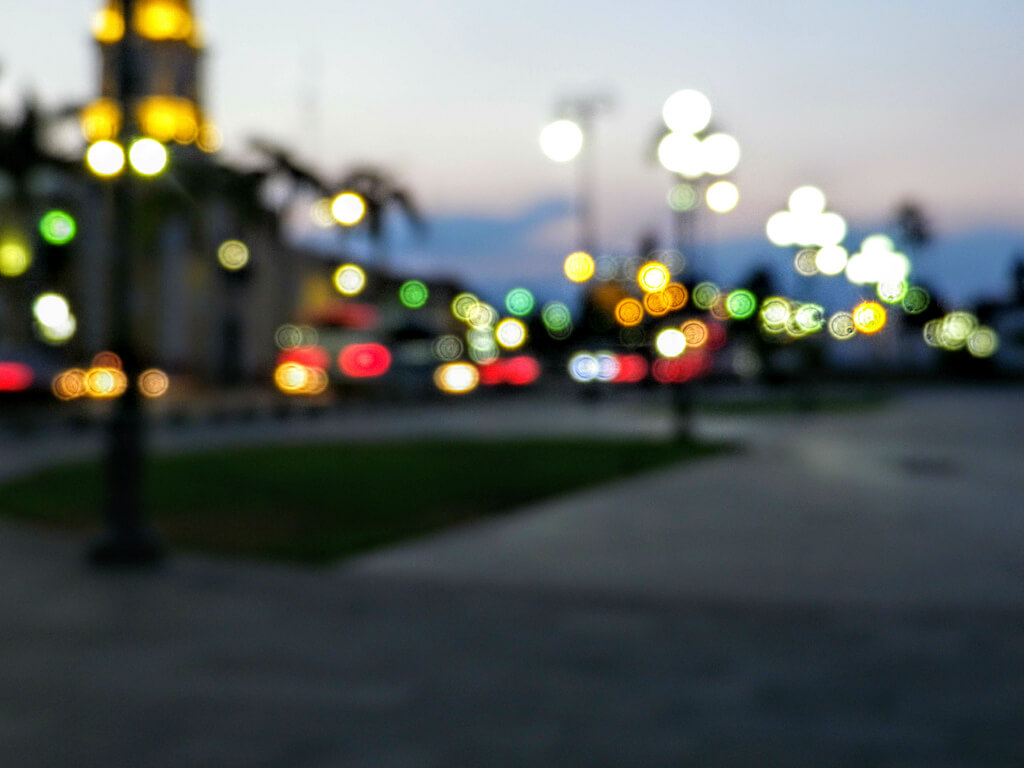

On the right is what I call "bright-line" bokeh a bright exterior that fades towards the centre. This is what's generally considered to be desirable, as it blends smoothly and eliminates hard edges in the background. On the left is "smooth" bokeh: a bright centre with a gradual fall-off towards the edge. In the centre is what you get from a perfectly-corrected lens (or close to it): a disk evenly lit from edge to edge – this is the situation in a large number of modern lenses. There are three basic situations, simulated here: Shape: The shape of the disk is determined by the shape of the aperture, and is well-described in other answers (though see also the note on 'distortion' below).īrightness: The brightness across the disk is influenced by other aspects of the lens, primarily its degree of spherical aberration. The general consensus is that good bokeh renders a smooth background without artifacts, but like so many other things, it's possible to make a good picture with "bad" bokeh it might even be a good picture because of 'bad' bokeh, like the examples with shaped apertures. On the other hand, what makes one type "good" or "bad" is (as with so many things) extremely subjective and sensitive to context. On the one hand, it's quite well-understood in that cause and effect are fairly well known. The disk is just a shorthand the lens characteristics that produce these disks are always present they're what determines the look of the out-of-focus areas in every photo you take!


Most importantly: It's not just the disks rendered from a point source, even though that's the simplest way to describe it and see it.


 0 kommentar(er)
0 kommentar(er)
